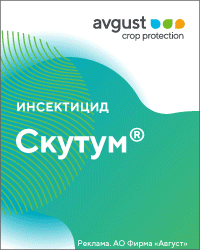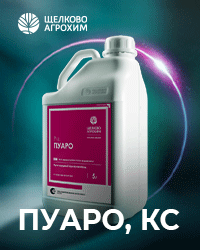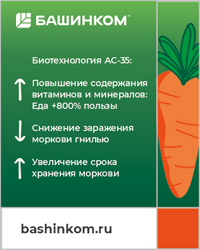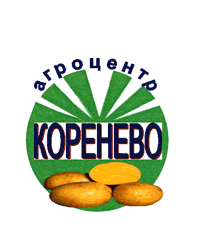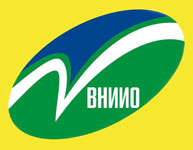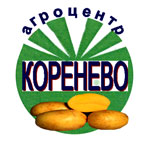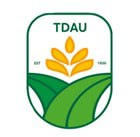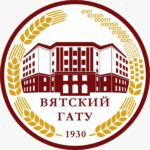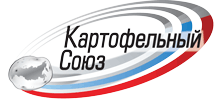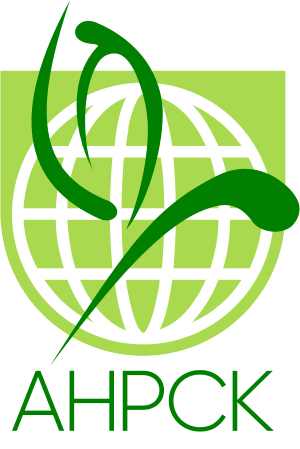UDC 635.646:635–152
https://doi.org/10.25630/PAV.2025.59.14.006
Kondakova O.A., Pyshnaya O.N., Baykov A.A.
The work was carried out in the conditions of film greenhouses of the Gavrish breeding and seed center in the Tula region. Biochemical parameters were determined in the Laboratory of Physiology and Biochemistry, Introduction and Functional Products of the Federal State Budgetary Scientific Institution of the Federal Scientific Center for Sociological Education. The study focused on the comparative characteristics of the fruits of 10 lines in terms of the main morphological characteristics, in terms of total antioxidant indicators. In the determination of phenolic compounds (PS) and antioxidants (AO), gallic acid (HA) was used as the standard, the result was expressed in mEq. GK/y. The most saturated dark purple color of the fruits, on the basis of visual assessment, were distinguished by the lines L5, L8, L9. At the same time, the L5 line stood out with the most optimal snow-white pulp. All the samples studied were characterized by the absence of bitterness in the fruit. The color of the fruits of the studied eggplant samples at technical ripeness was purple of varying degrees of manifestation and black-violet. As a result of the research, it was established that the content of anthocyanins in the peel of eggplant fruits is a varietal characteristic. The results of the studies showed that the content of anthocyanins in the peel is different and is in the range of 0.40±0.02 mEq. C3G/g at Line 7 to 5.98±0.20 mEq. C3G/y at Line 9. A high level of anthocyanin accumulation was also noted in the following lines: L1, L5 and L3. According to the results of the analysis, it was found that the total content of phenolic compounds in the peel ranges from 0.67±0.03 mEq. GK/g to 2.67±0.10 mEq. HA/g, and in the pulp these indicators were in lower limits and ranged from 0.22±0.02 mEq. GK/g to 1.46±0.06 mEq. GK/y. Taking into account all the studied areas of research, eggplant accessions with a complex of economically valuable traits – L1, L5, L7, L9 were identified for inclusion in the breeding process as a starting material.
Key words: starting lines, eggplant breeding, biochemistry, antioxidants, anthocyanins, phenolic compounds.
Kondakova O.A., applicant, Federal State Budgetary Scientific Institution “Federal Scientific Vegetable Center” (FSBSI FSVC). E-mail-vniissok@mail.ru
Pyshnaya O.N., D.Sci. (Agr.), professor, deputy director in scientific work, FSBSI FSVC. E-mail-vniissok@mail.ru
Baykov A.A., senior research fellow, FSBSI FSVC. E-mail-vniissok@mail.ru
- Friedman M. Chemistry and anticarcinogenic mechanisms of glycoalkaloids produced by eggplants, potatoes, and tomatoes. J. Agric. Food Chem. 2015. Vol. 63. Pp. 3323–3337.
- Effect of Eggplant Skin in the Process of Apoptosis in Cancer Cells. H. Seraj; F. Afshari; Z.S. Hashemi; M. Timajchi; E. Olamafar; L. Ghotbi. STEM Fellowsh. J. 2017. No3. Pp. 7–14.
- Naeem M.Y., Ugur S. Nutritional Content and Health Benefits of Eggplant. Turk. J. Agric. Food Sci. Technol. 2019. No7. Pp. 31–36.
- Eggplant peels as a valuable source of anthocyanins: extraction, thermal stability and biological activities. N.N. Condurache, C. Croitoru, E. Enachi, G.E. Bahrim, N. Stanciuc, G. Rapeanu. Plants (Basel). 2021 Mar 18; 10(3):577. doi: 10.3390/plants10030577.
- SmMYB113 is a key transcription factor responsible for compositional variation of anthocyanin and color diversity among eggplant peels. G. Yang, L. Li, M. Wei, J. Li, F. Yang. Front. Plant Sci. 2022. No13. Pp. 843–996. DOI 10.3389/fpls.2022.843996.
- Health benefits and bioactive compounds of eggplant. N. Gürbüz, S. Uluişikb, A. Frarya, A. Fraryc, S. Doğanlara. Food Chem. 2018; 268:602. DOI 10.1016/j.foodchem.2018.06.093.
- Modulation of low-molecular-weight antioxidants in Amaranthus tricolor leaves exposed to cold stress during the ripening stage. E.M. Gins, S.V. Goryunova, S.M. Motyleva, S.D. Khasanova, Y.K. Gins, Y.F. Pivovarov, I.M. Kulikov, Baikov AA, Gins MS. SABRAO J. Breed. Genet. 2024(b). 56(4). Pp. 1424–1436 (In Russ.).
- Amaranthus species assessment for morphological and biochemical parameters. E.M. Gins, A.A. Baikov, S.D. Khasanova, S.V. Goryunova, V.K. Gins, M.S. Gins, S.M. Motyleva. SABRAO J. Breed. Genet. 2024а. 56(4). Pp.1387–1399 (In Russ.).
- Anthocyanin profile, antioxidant activity and total phenolic content of a strawberry (Fragaria × ananassa Duch) genetic resource collection. T. Dzhanfezova, G. Barba-Espín, R. Müller, B. Joernsgaard, J.N. Hegelund, B. Madsen, T.B. Toldam-Andersen. Food Bioscience. 2020. Article. 100620, 10.1016/j.fbio.2020.100620.
- Comparison of eggplant landraces and commercial varieties for fruit content of phenolics, minerals, dry matter and protein. M.D. Raigón, J. Prohens, J.E. Muñoz-Falcón, F. Nuez. Journal of Food Composition and Analysis. 2008. 21(5). Pp. 370–376. http://dx.doi.org/10.1016/j.jfca.2008.03.006.
- Azuma K. et al. Structures and antioxidant activity of anthocyanins in many accessions of eggplant and its related species. J. Agric. Food Chem. 2008. 56. 10154–10159. doi.org/10.1021/jf801322m
- Biochemical variability of eggplant peel among Indian cultivars. V.K. Yadav; R. Singh; R.K. Jha; P. Kaushik. Indian J. Biochem. Biophys. (IJBB). 2020. 57. Pp. 634–637.
For citing: Kondakova O.A., Pyshnaya O.N., Baykov A.A. Evaluation and selection of the starting material for the creation of new eggplant hybrids. Potato and vegetables. 2025. No3. Pp. 56-60. https://doi.org/10.25630/PAV.2025.59.14.006 (In Russ.).

